|
|
|
|
|
|
|
|
|
|
|
|
|
|
|
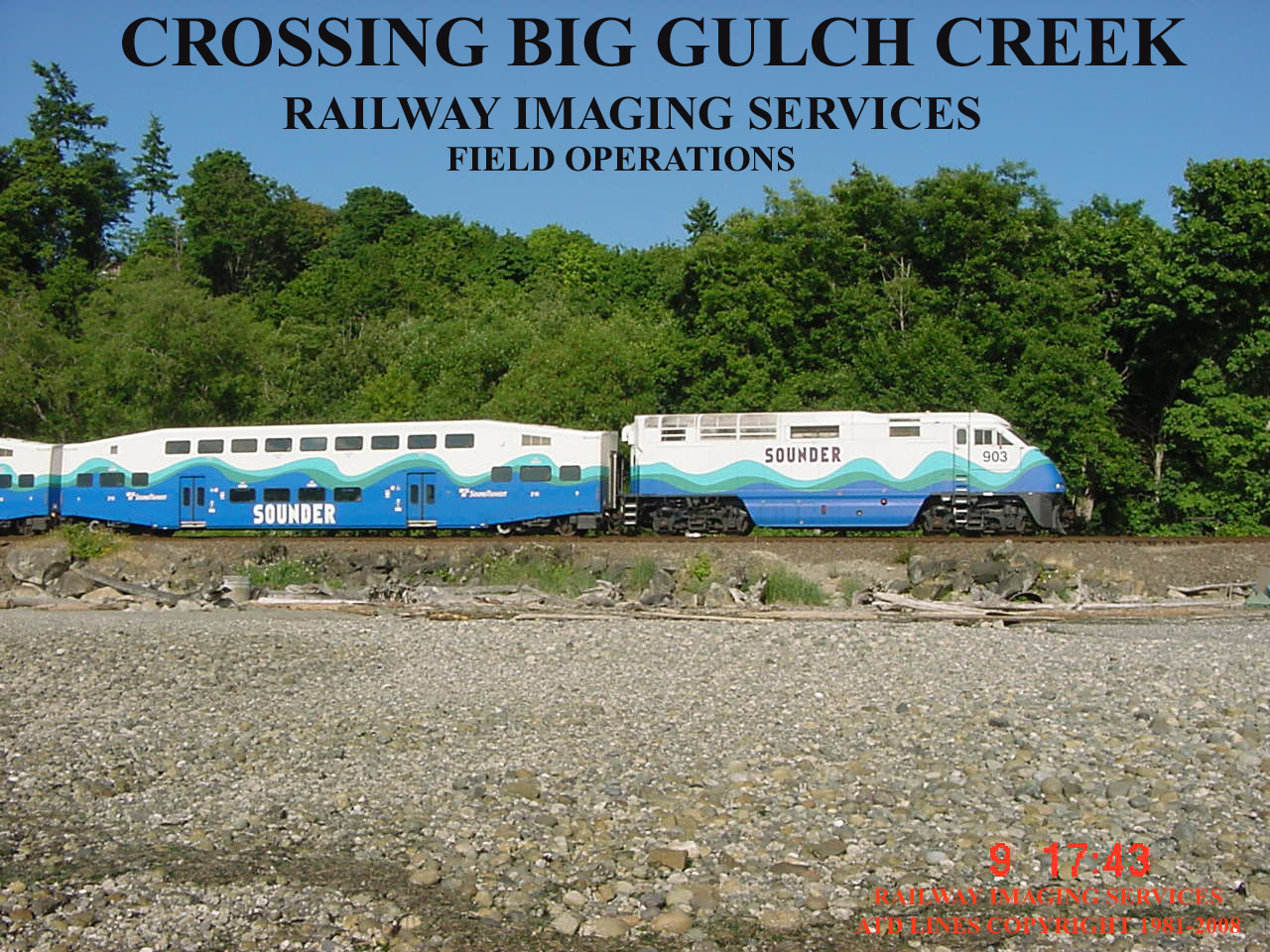
|
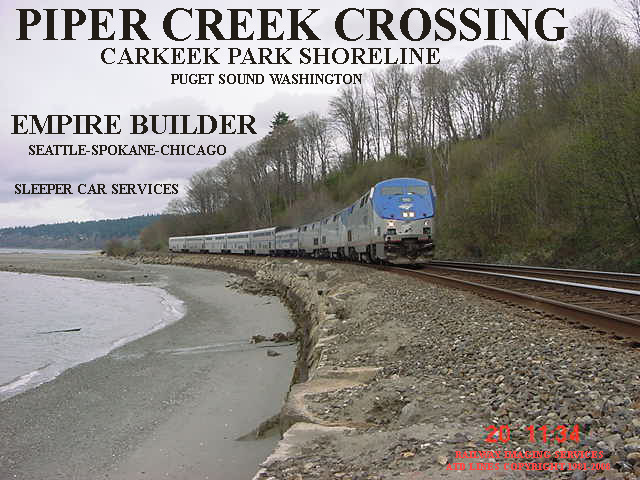
|
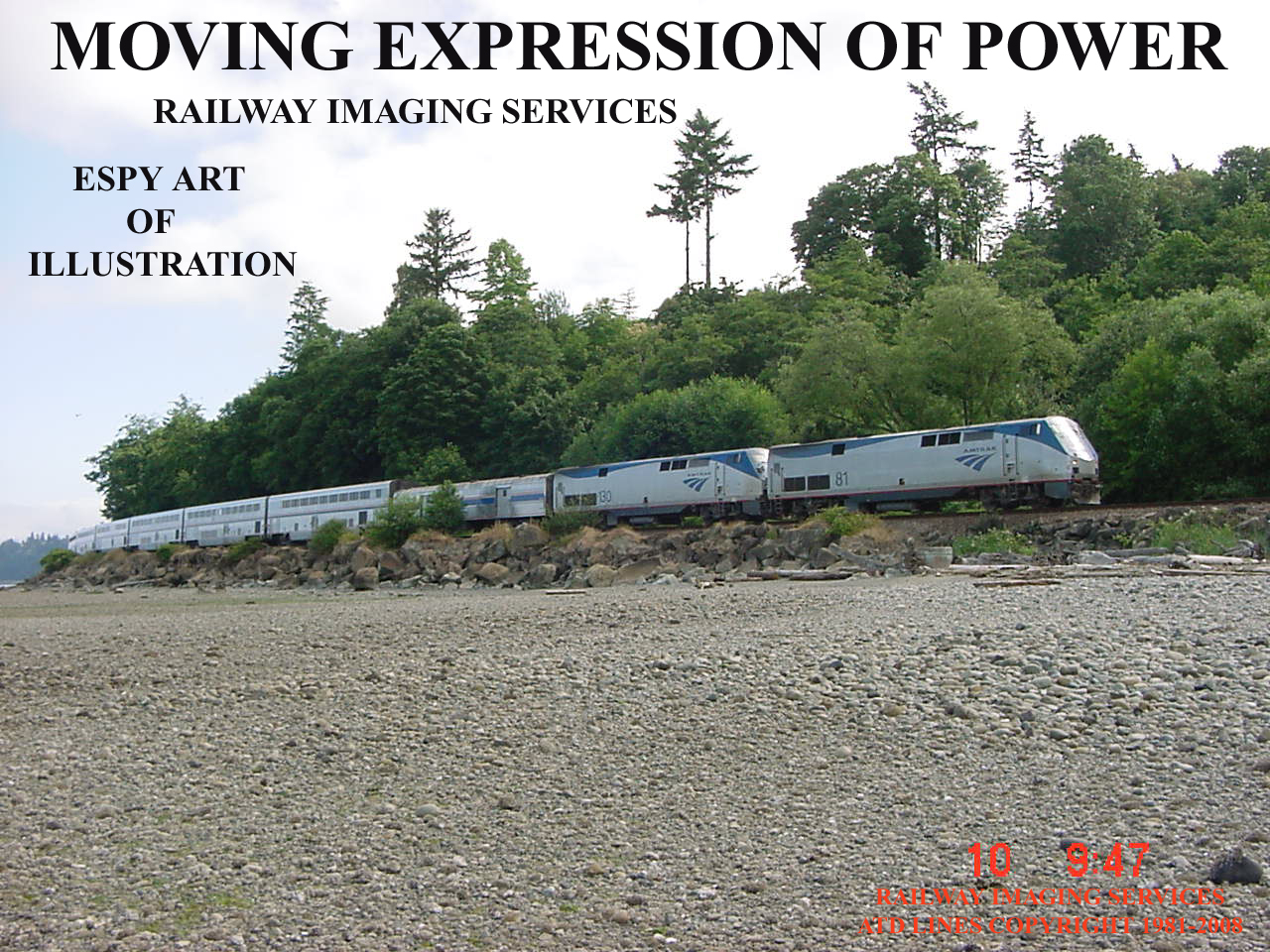
|

|
|
|
|
|
|


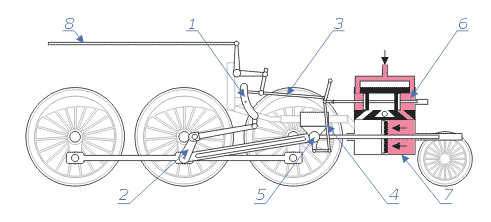



|
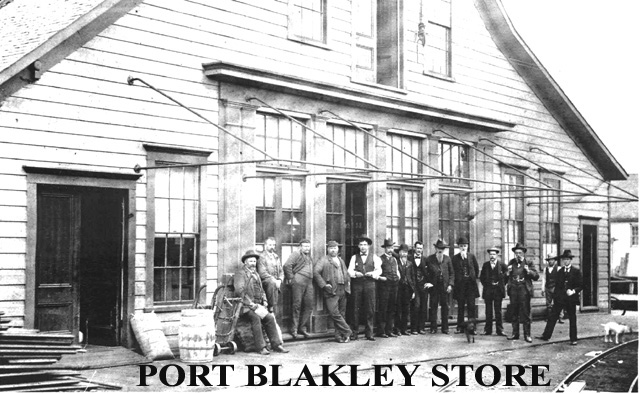
|
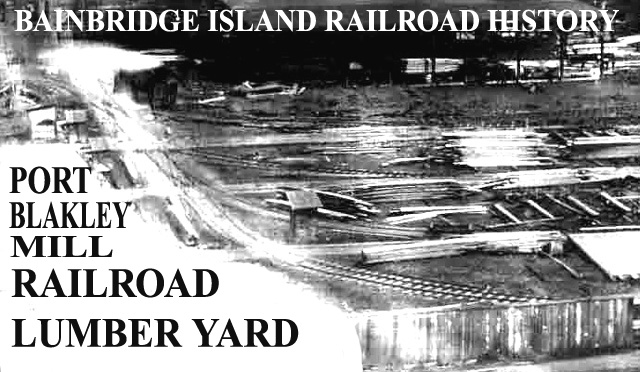
|
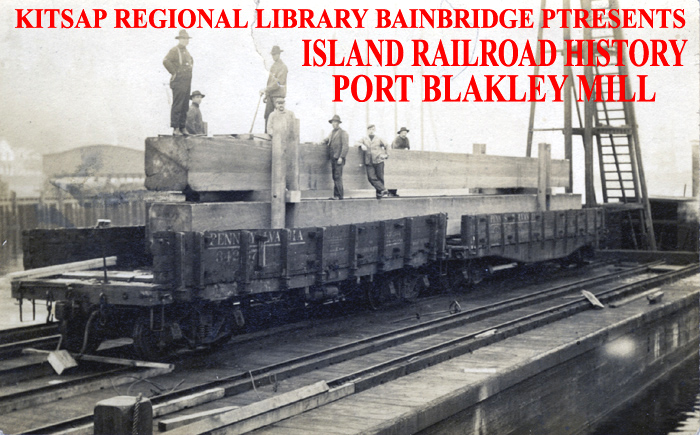
|
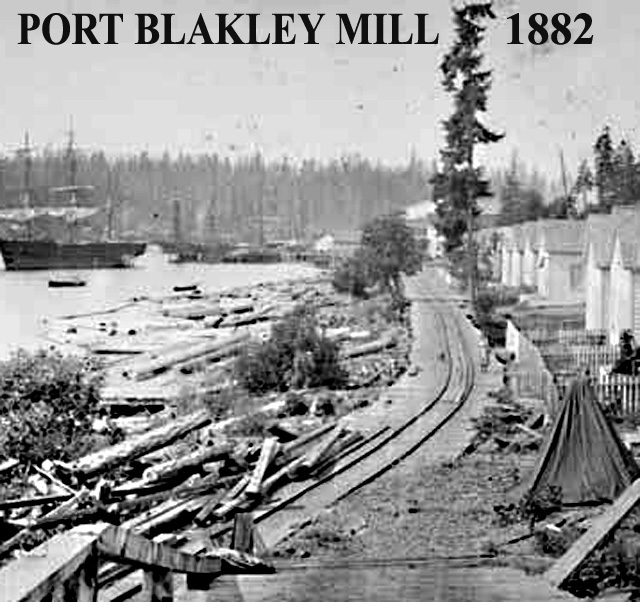
|
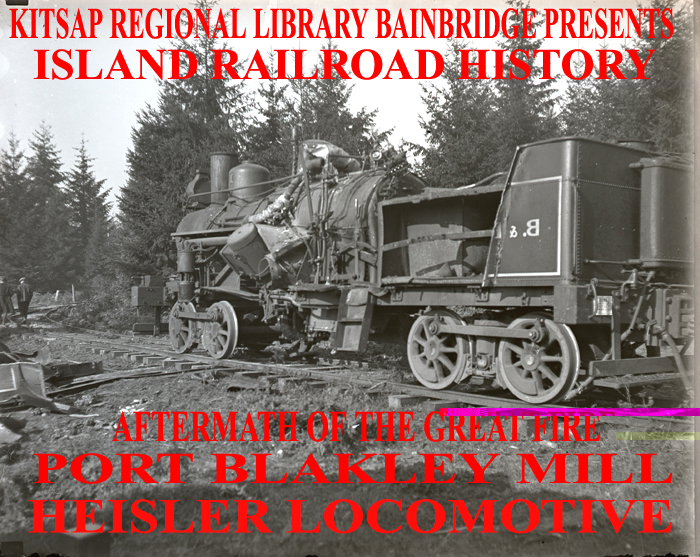
|
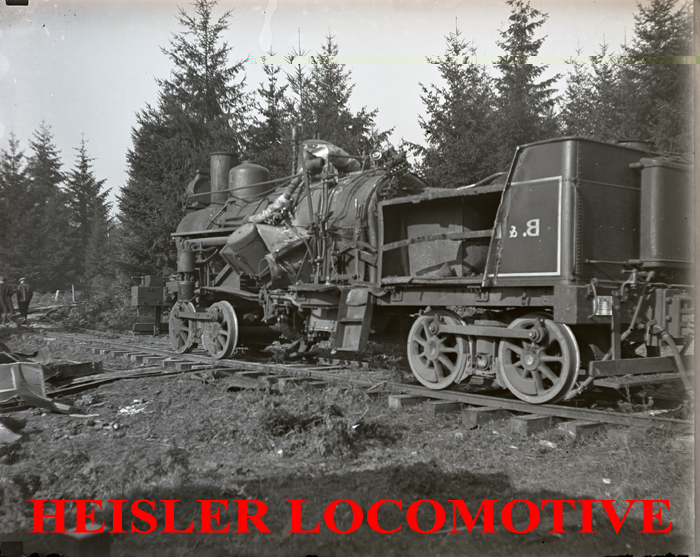
|
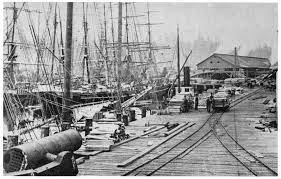
|
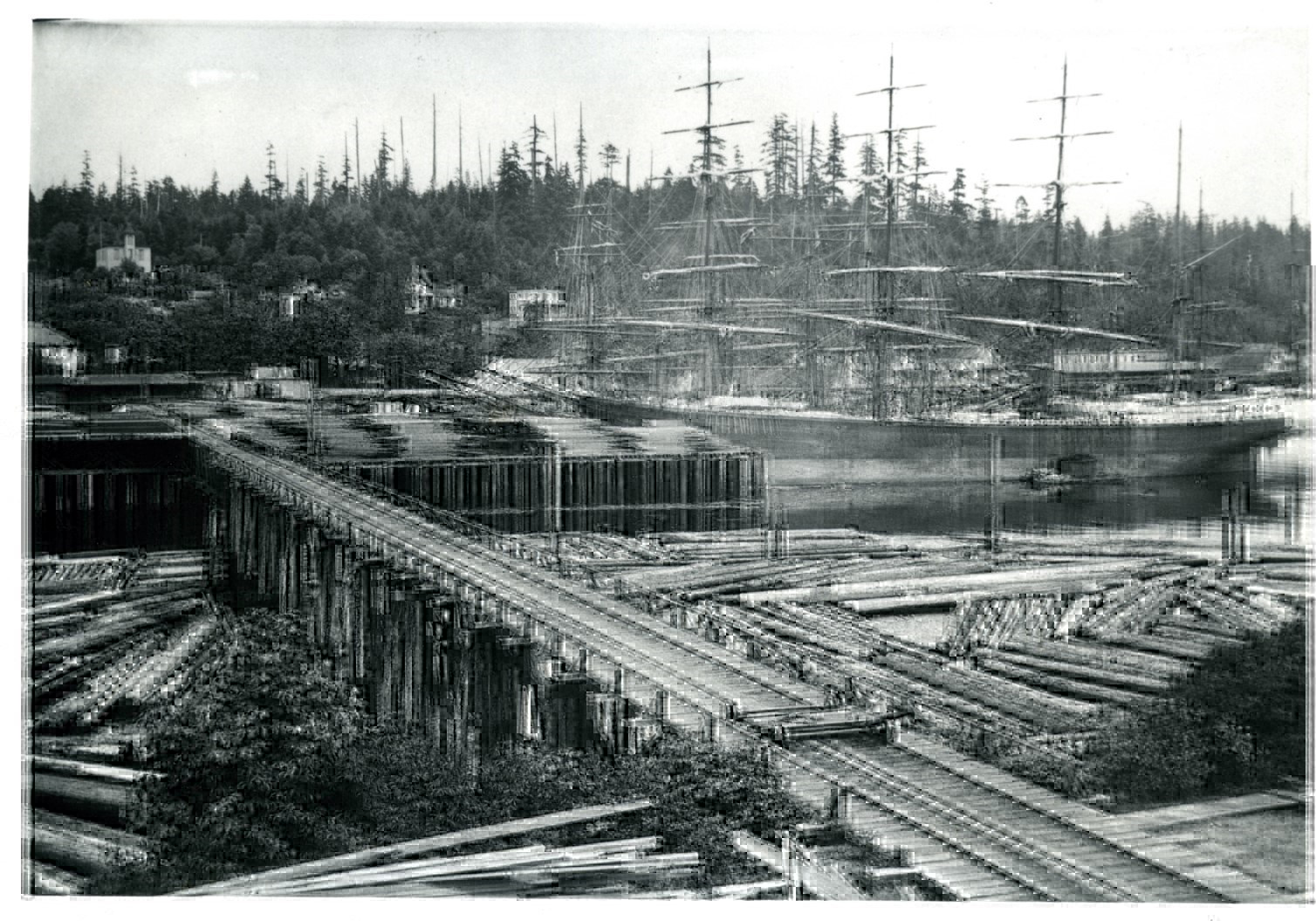
|
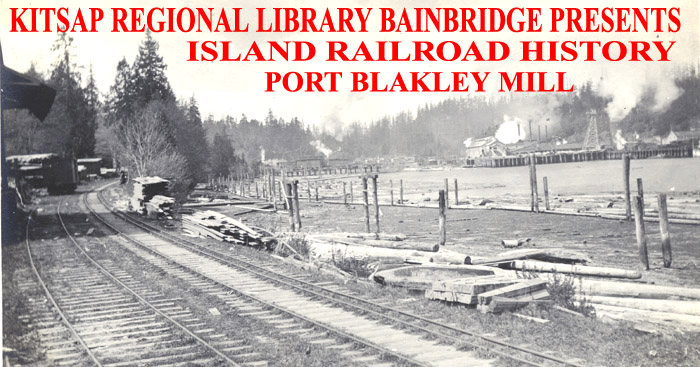
|
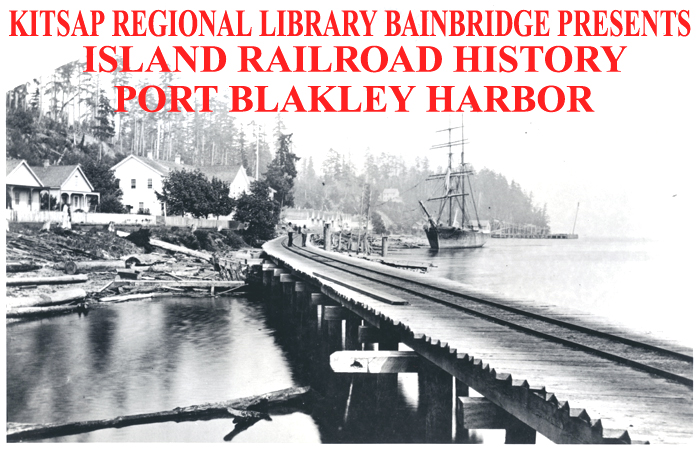
|

|

|
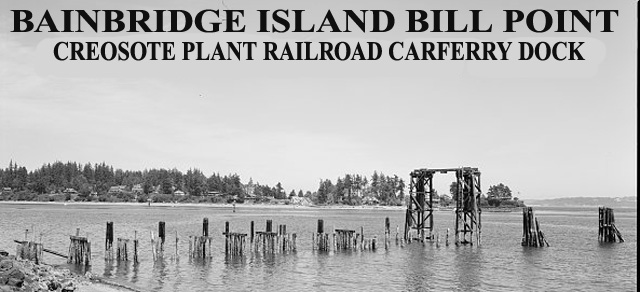
|
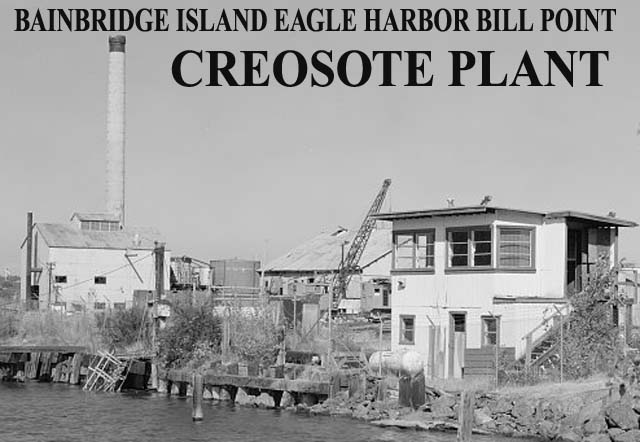
|
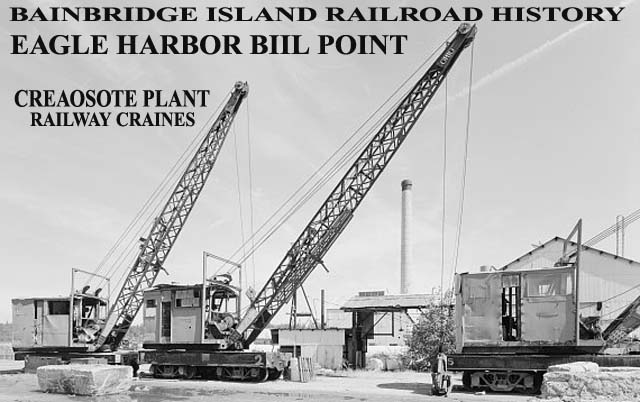
|
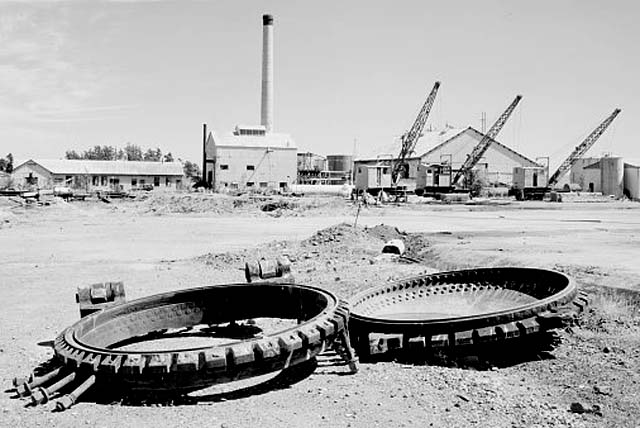
|
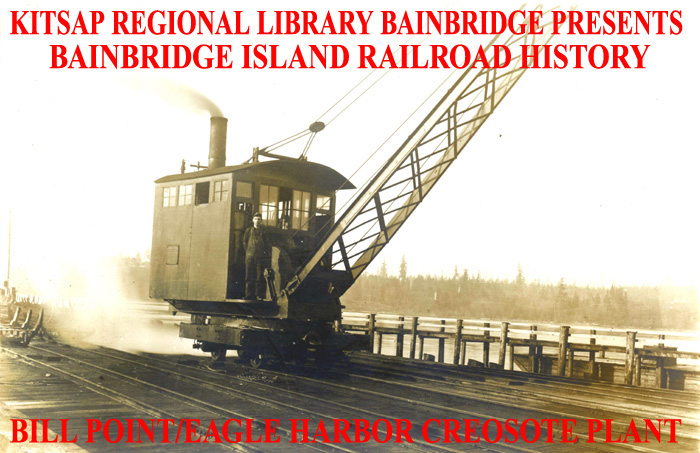
|
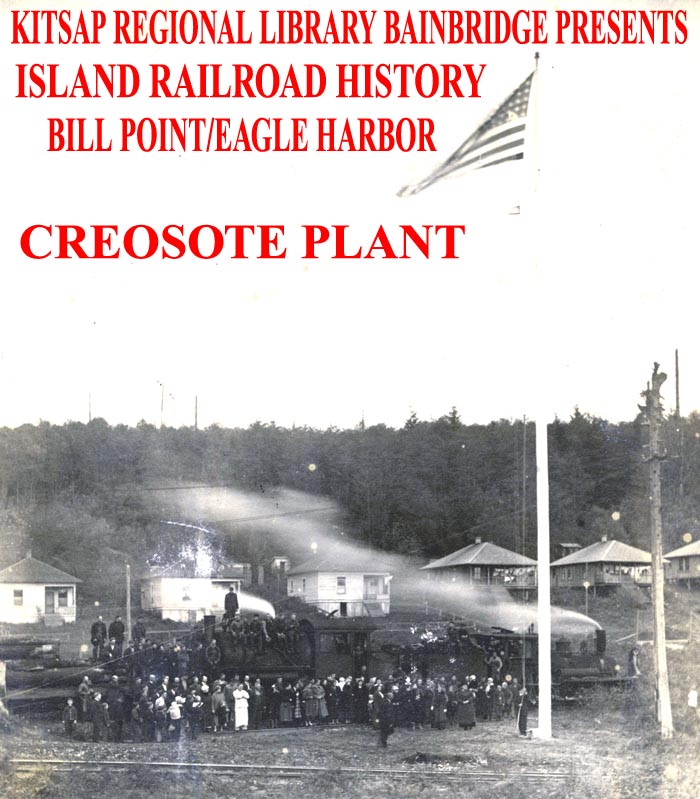
|
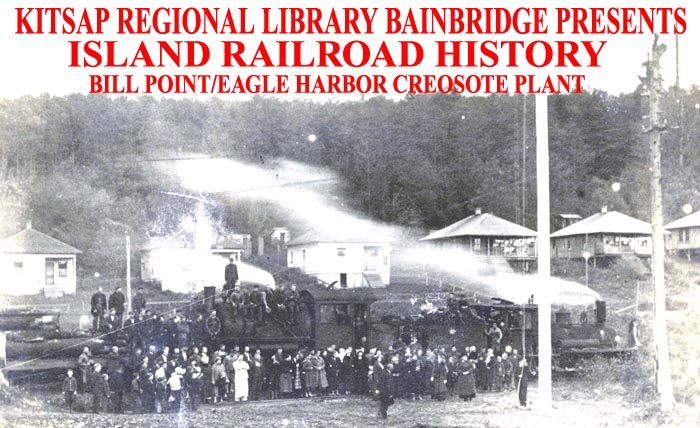
|
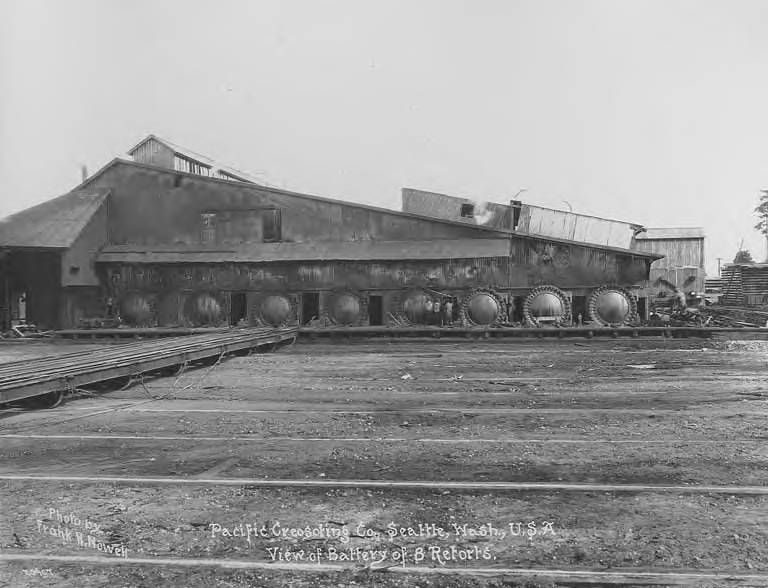
|
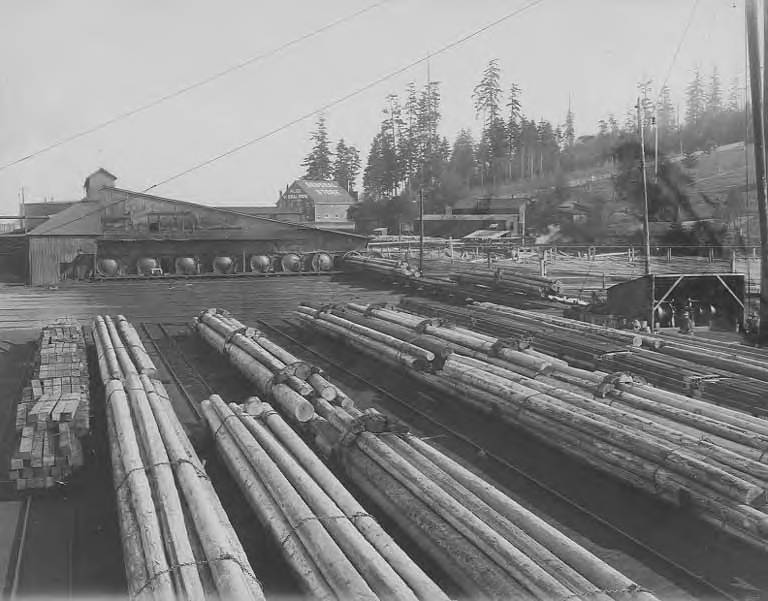
|
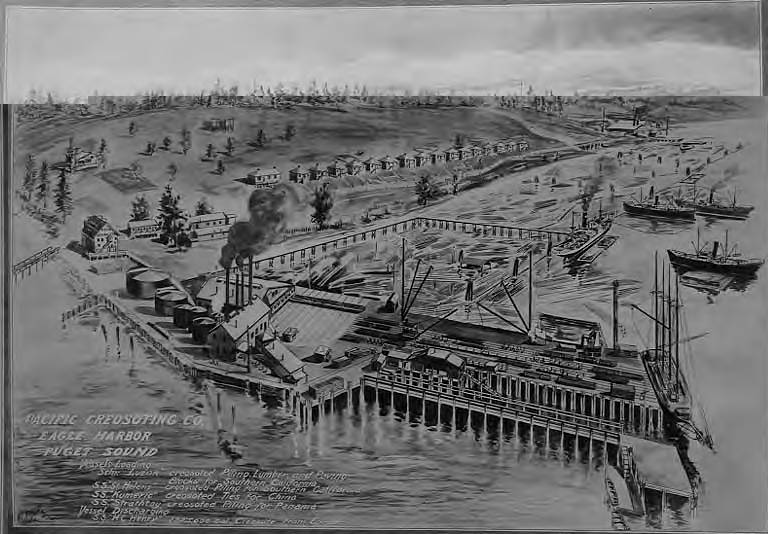
|
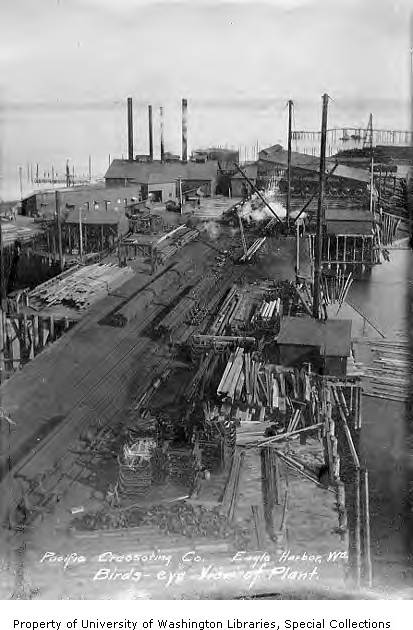
|
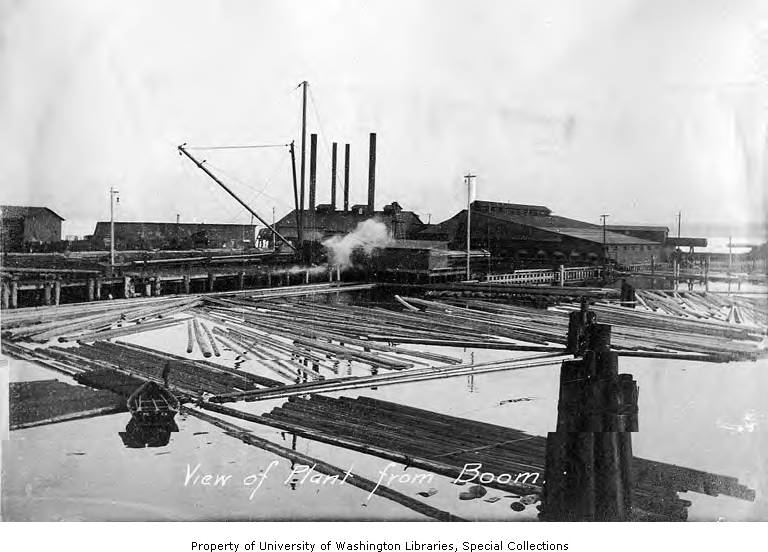
|
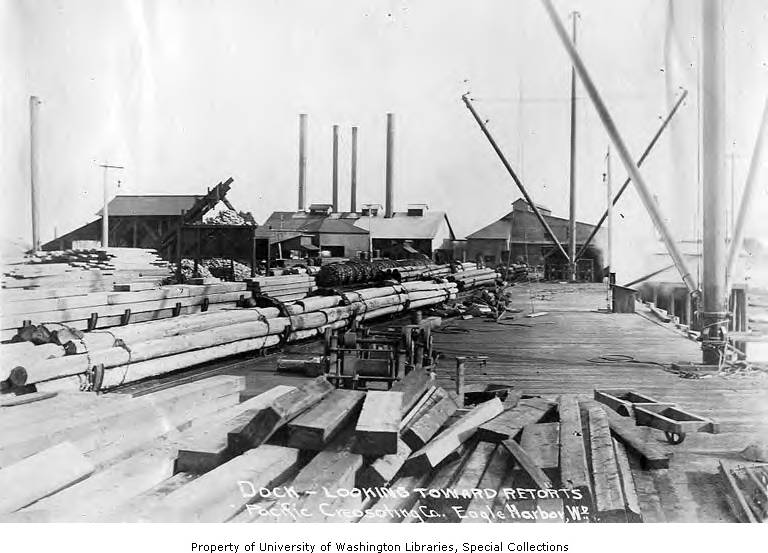
|
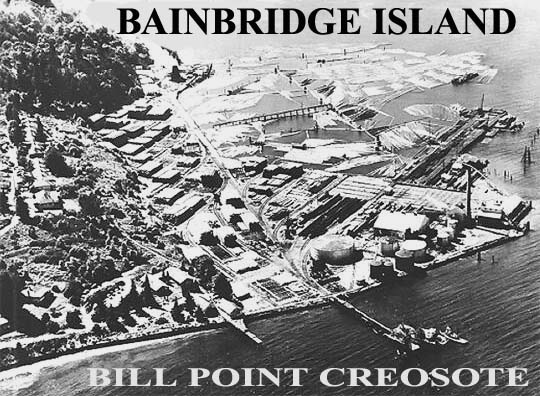
|
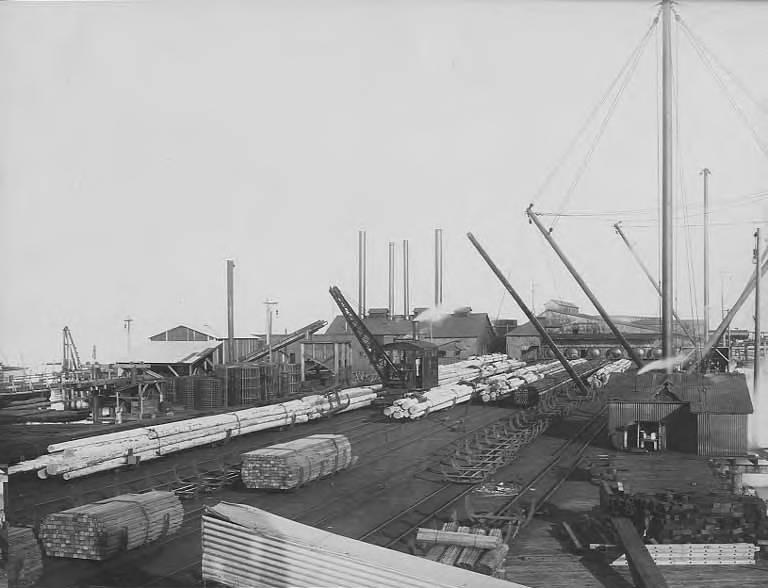
|
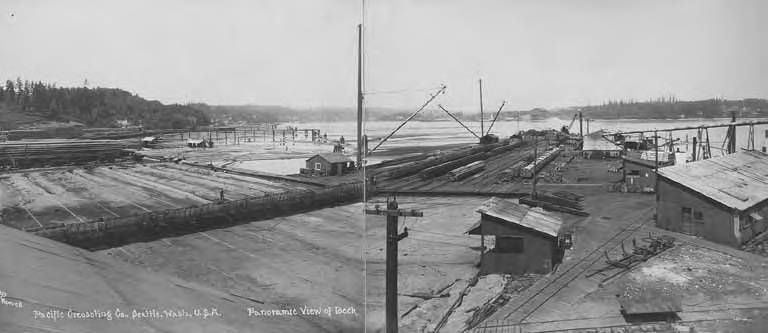
|
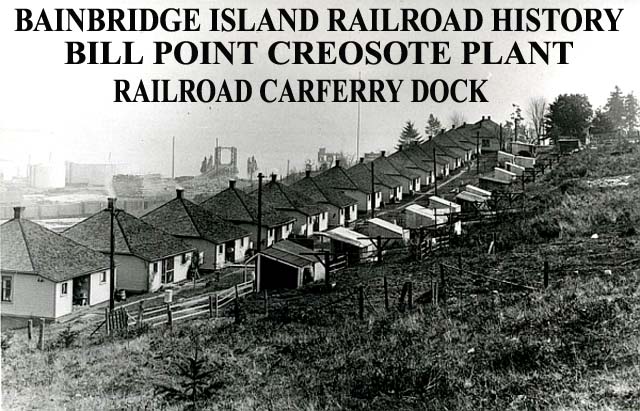
|
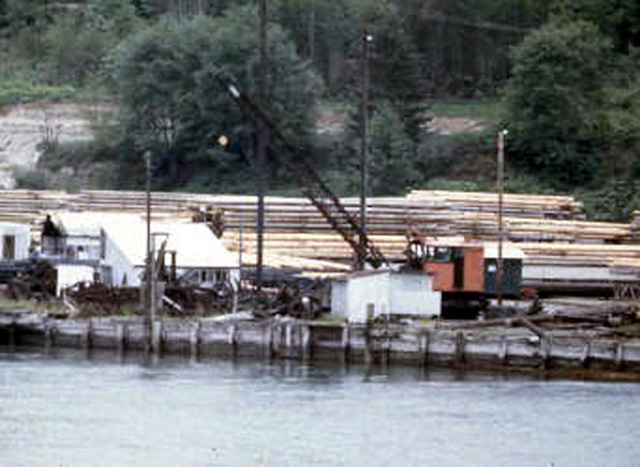
|
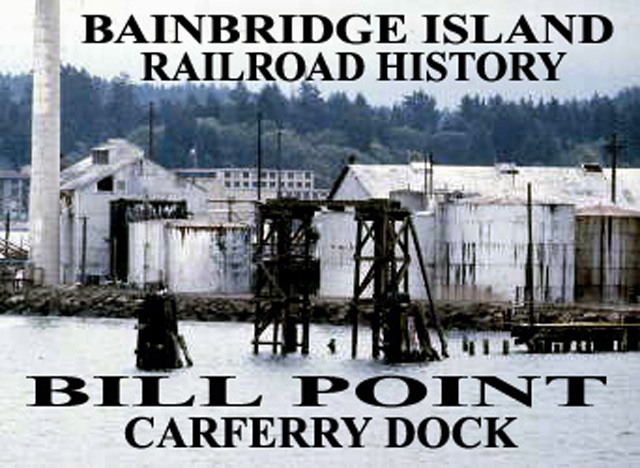
|

|
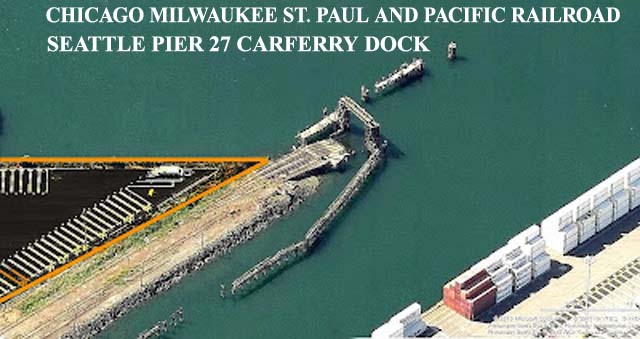
|
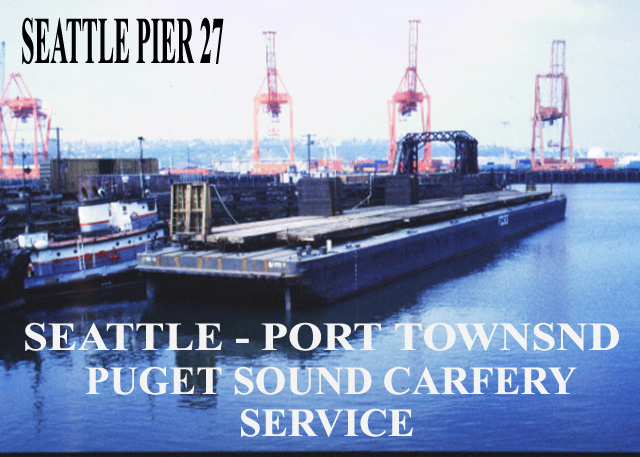
|
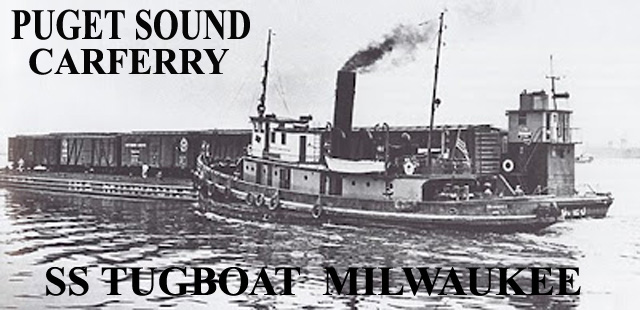
|
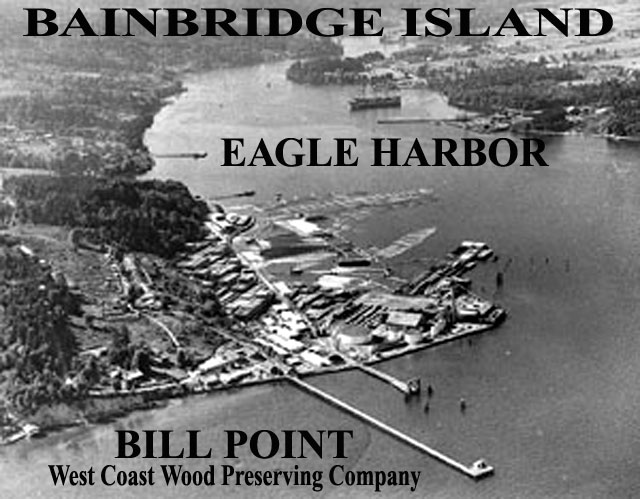
|
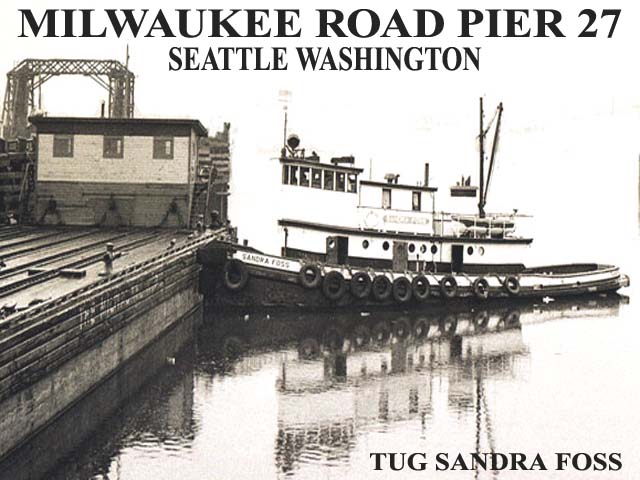
|
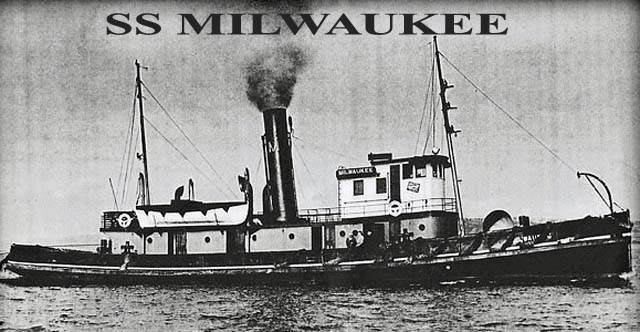
|
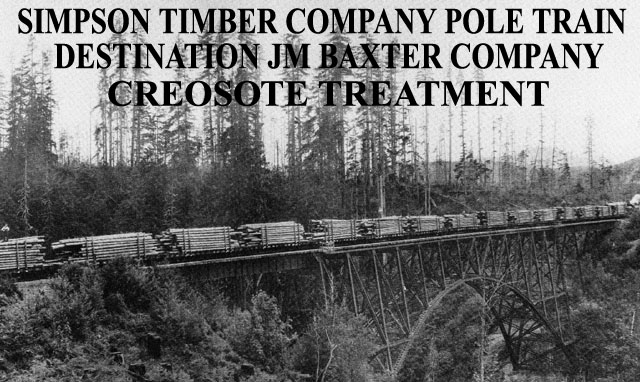
|

|

The H. K. Porter Company became the third largest producer of Narrow Gauge road locomotives following only Baldwin and Brooks. Porter was second to none in regards to small steam power for industrial applications. Porter remains a producer of industrial tools untill 1974. 1950: The company built its last locomotive, which was exported to Brazil. The parts business and all the required patterns were sold to the Davenport Locomotive Works in Iowa. 1950s–1960s: Electrical Division National Electric Defense Products Facilities manufactured rocket motor bodies for Nike Guided Missiles. Alaska Railroad 0-4-0T #1 sits on display in Fairbanks. The locomotive was built by H.K. Porter in 1899. 0-4-0T H.K. Porter, it is operational at the Tanana Valley Railroad in Pioneer Park, Fairbanks. Porter 0-4-2 1882, located on display at Nevada State Railroad Museum, Carson City.
|
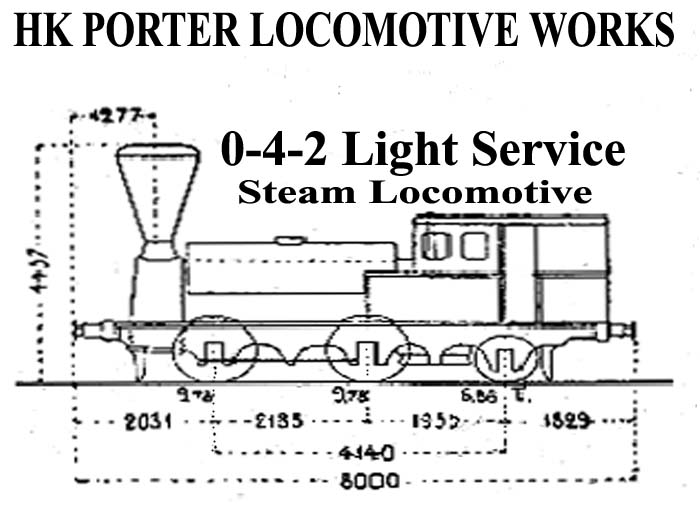
|
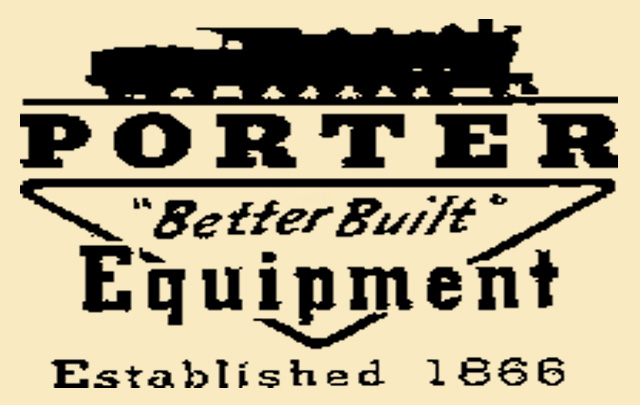
| 
H.K Porter Inc |
Porter Mining Locomotive |
Light Locomotives |
Porter Steam Locomotive |
HK Porter Company |
Porter Switchers |
Kalmbach Memorial Library |
Puget Sound Coast Artillery Museum |
| 
Military Railways |
US Army Rail Operations 1861-Present |
Fort Eustis Military Railroad |
Railway Troops |
WWII Military Railway Service |
Military Railroad Society |
Army Steam |
US ARMY Transportation Museum |
United States Military Railroads |
Coastal Defense Group |
Harbor Defenses of Puget Sound |
WIKI: Coastal Defence and Fortification |
NAVY: Coastal Defense |
WIKIPEDIA: Seacoast Defense in the United States |
NPS: Coast Defense |
Triangle of Fire - The Harbor Defenses of Puget Sound (1897-1953) |
. |
. |
. |
| |||

|
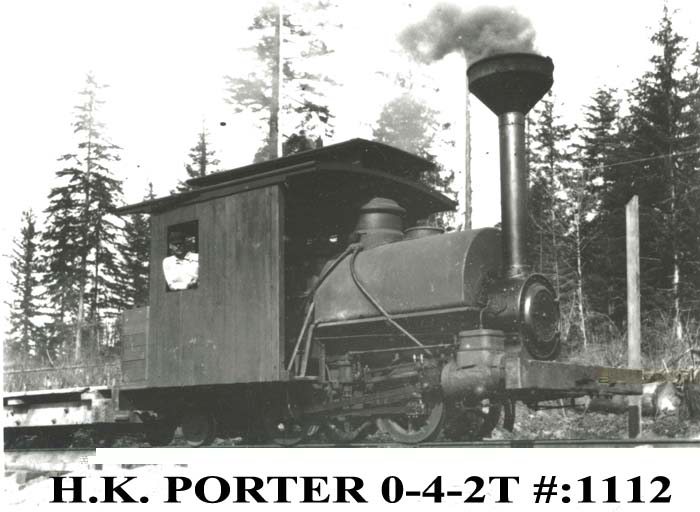
|
||||||||||||||
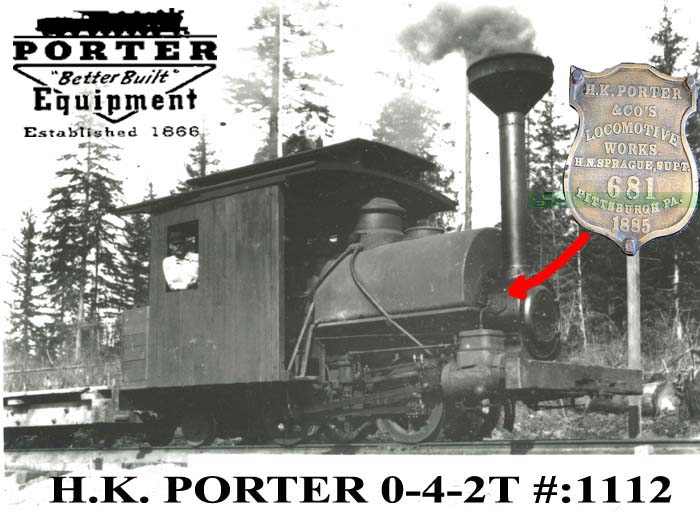
|
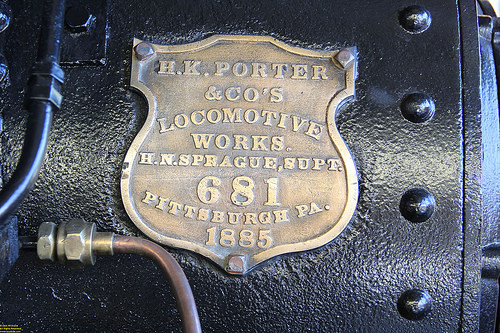
|
||||||||||||||
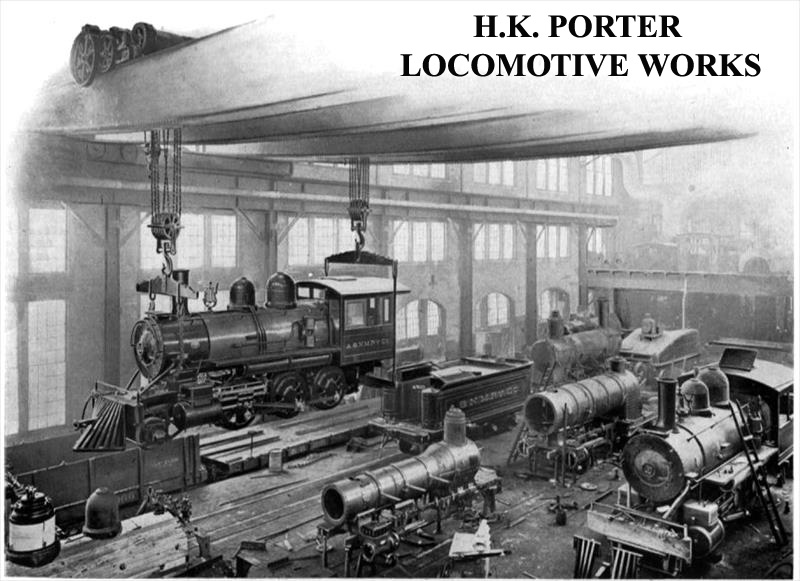
|
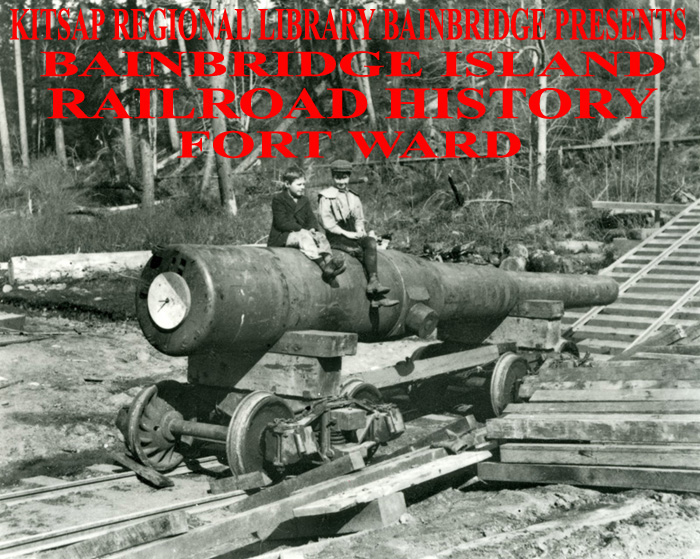
|
||||||||||||||

The onset of the Second World War increased activity in the industrial area considerably, resulting in the Winslow Marine Railway and Ship Building Company to be awarded navy contracts to build minesweepers on Bainbridge Island, Eagle Harbor Shipyard. World War II vintage shipyard crane, known as a "whirley crane" because it could rotate 360 degrees and Raidroad Tracked Portal Gantry/Whirley Cranes at the shipyard served as the principal hoisting devices of the shipyard. Whirley Cranes are also representative of the shipbuilding and repair machinery acquired by the shipyard during the 1940s to accommodate the increased urgencies of wartime naval ship production activity. Whirley Cranes was first used to build Grand Coulee Dam in Washington state (Wirley Crane On display CW 3204 at Shipyard 3, project of the City of Richmond, National Park Service and Rosie the Riveter Trust) The use of Whirley Cranes was a major innovation in the mass production of maritime ship building industry. The cranes made it possible to turn huge ship structural pieces around and over during the pre-assembly process so that welders could complete relatively simple welding seams parallel to the ground. The cranes were also used in groups working together to move large pre-assembled parts of a ship into place in the basins so the ship could be fitted together, generally by welding. The result was a previously unimagined rate of astonishing production. Wirley Gantry Cranes are still utilized in many industries requiring heavy lifting, some are museum landmarks in many cities, as testmony to magnitude of this invention in ship building industry.
|
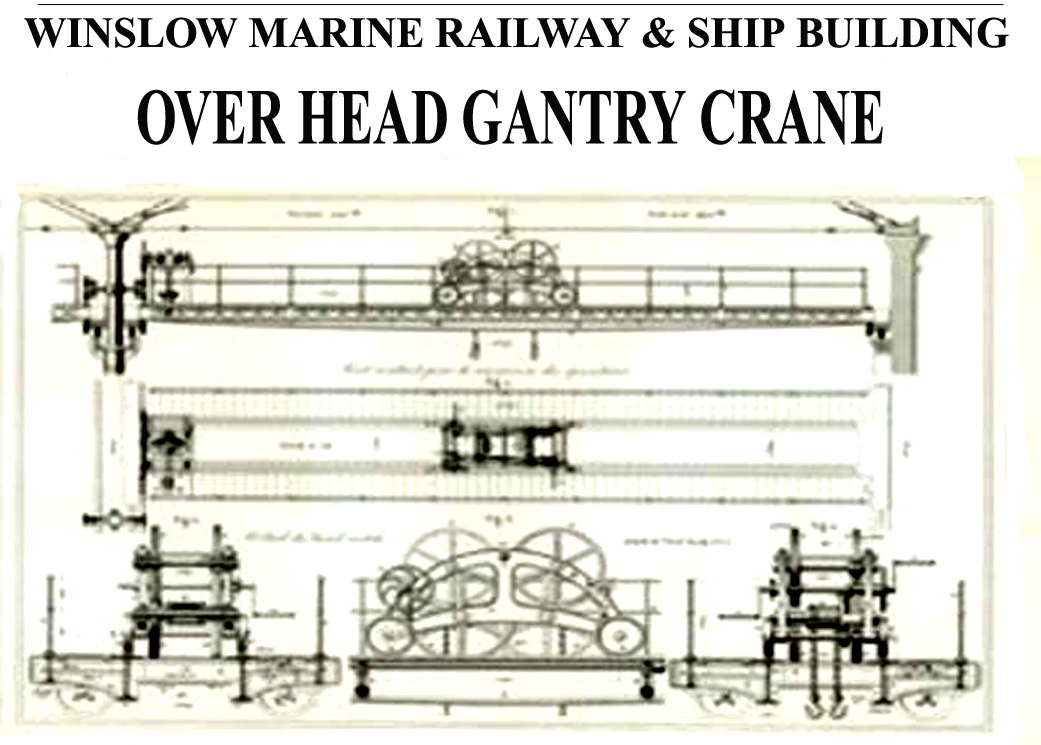
|
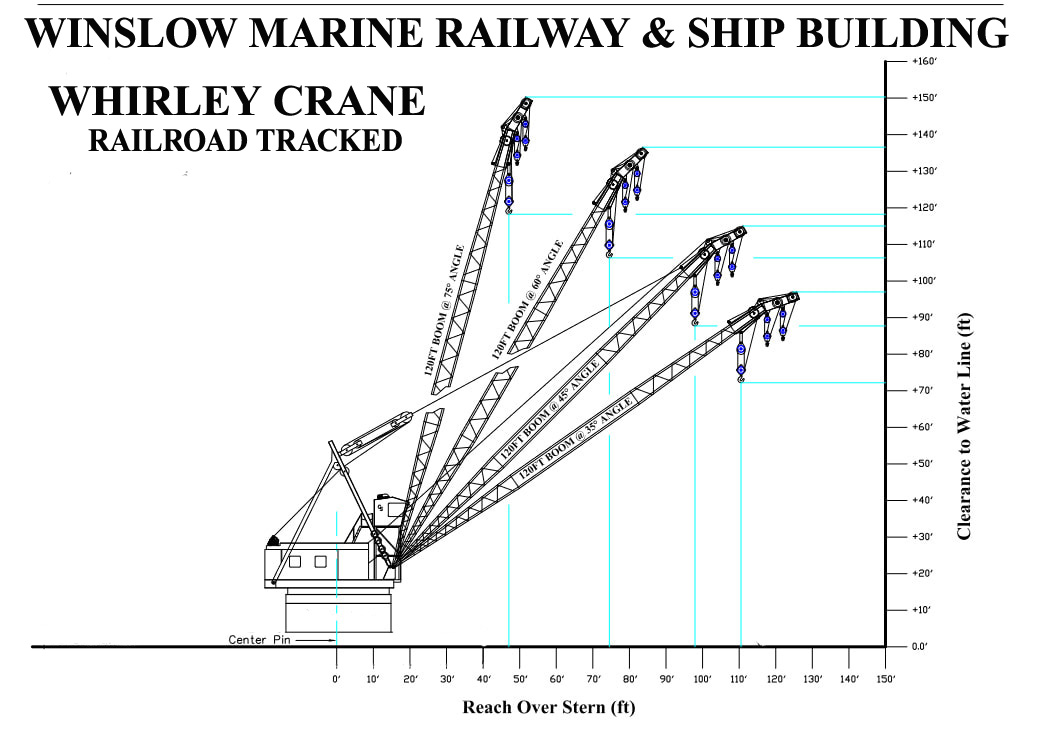
| | . | . |
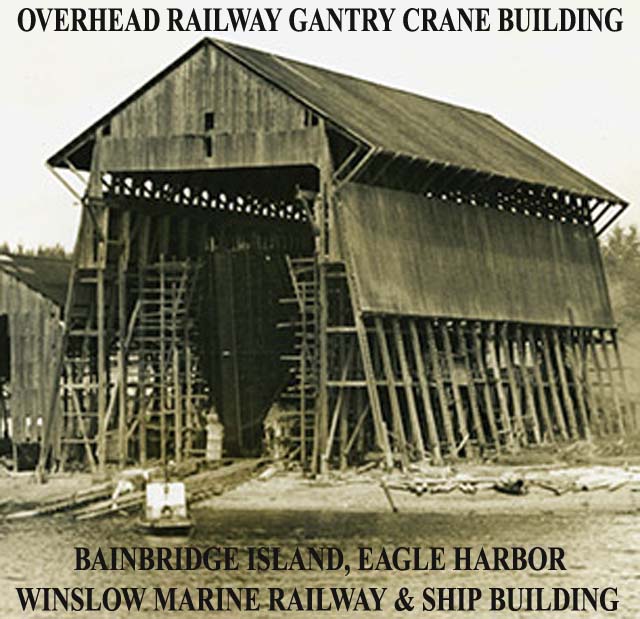
|
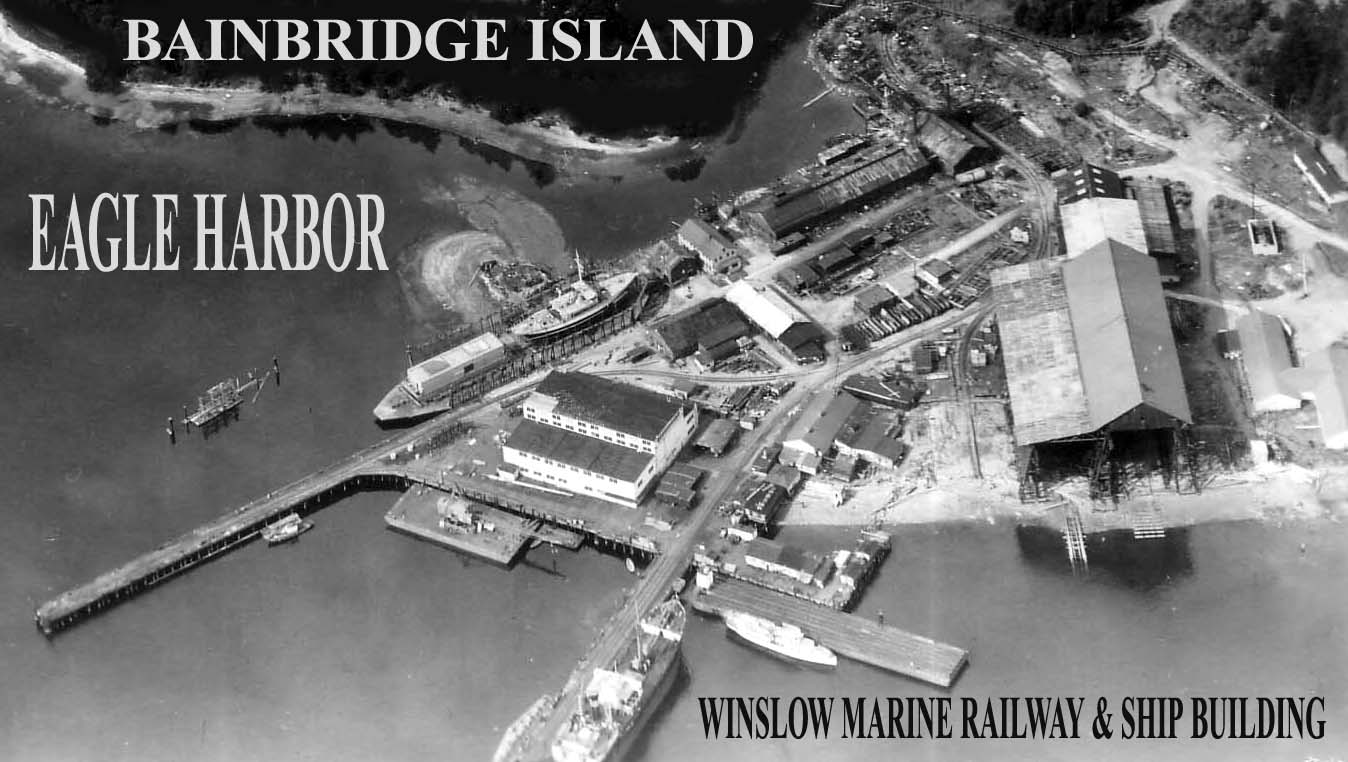
|
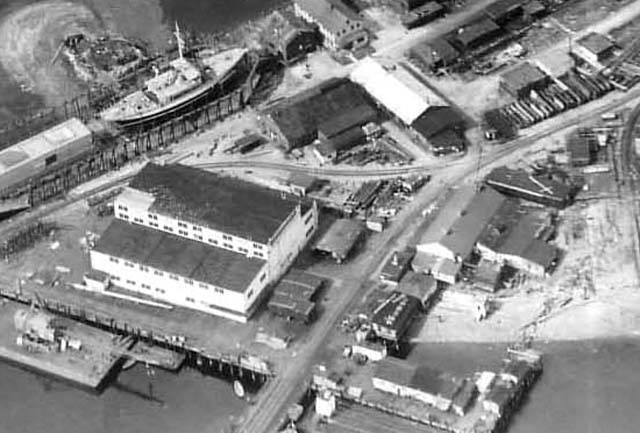
|
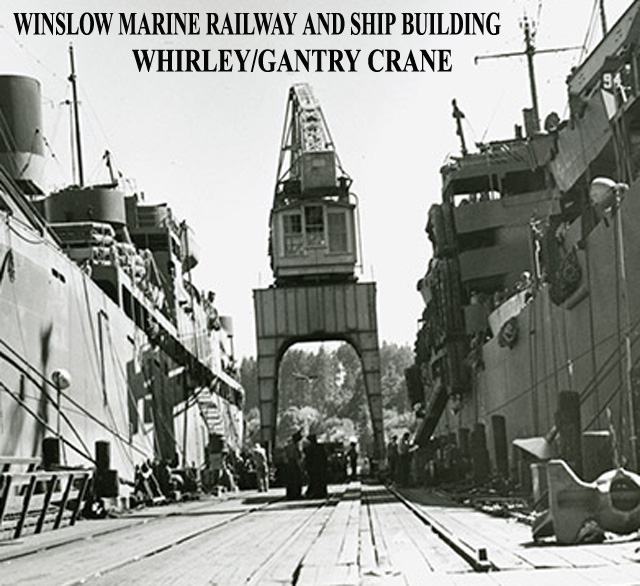
|
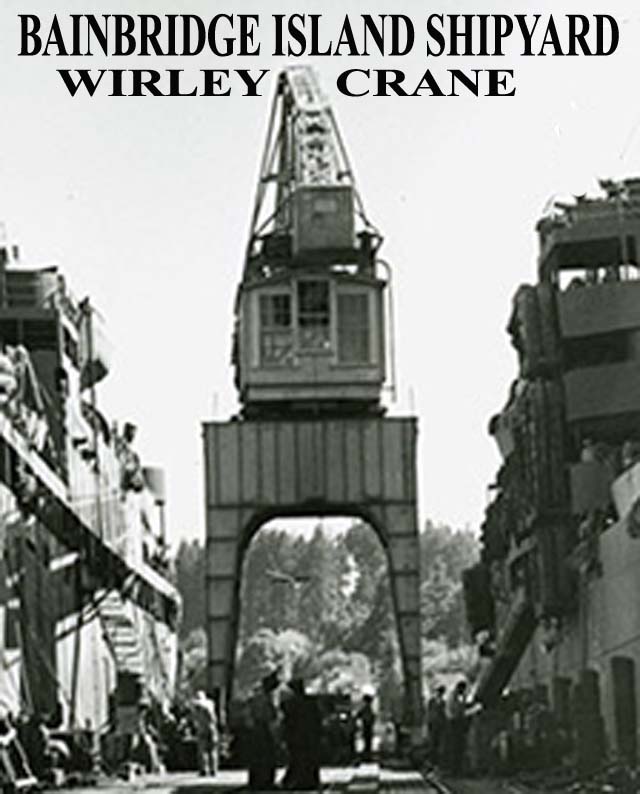
|
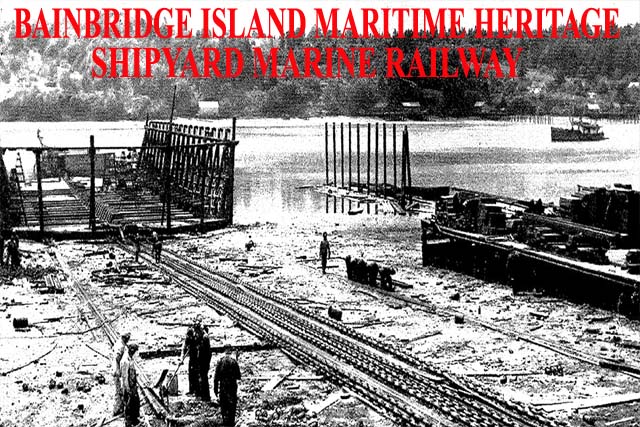
|